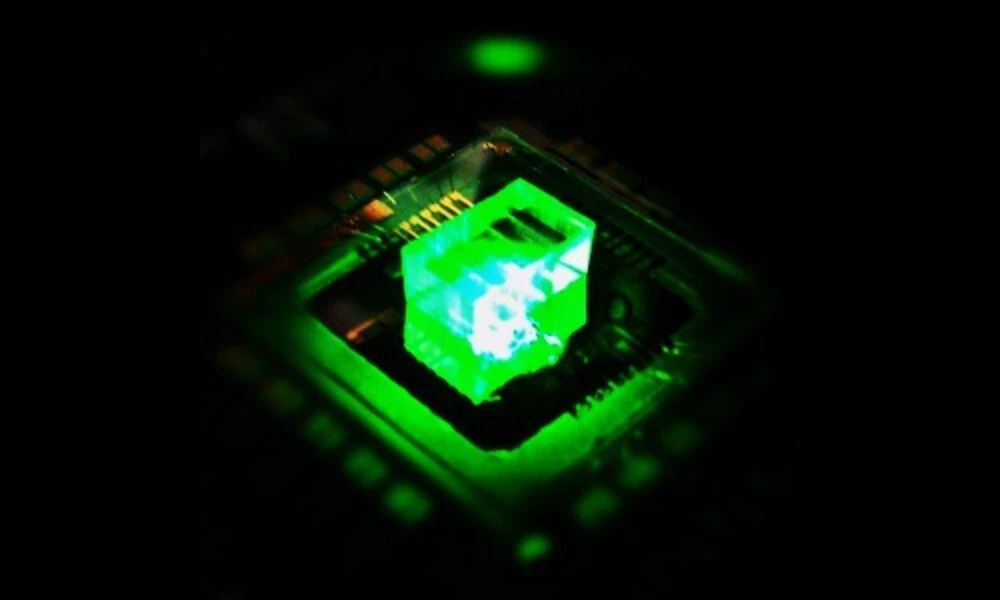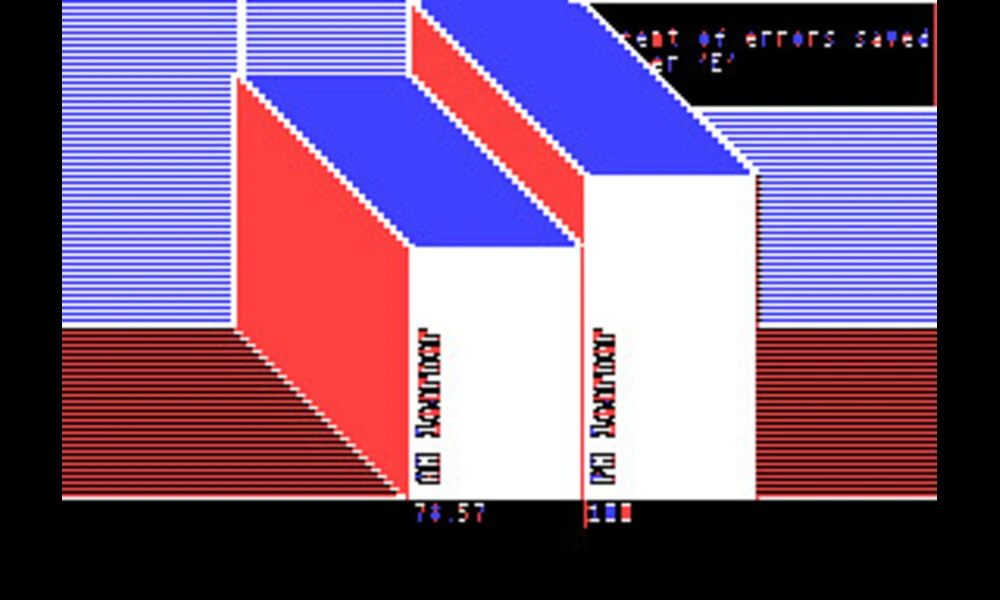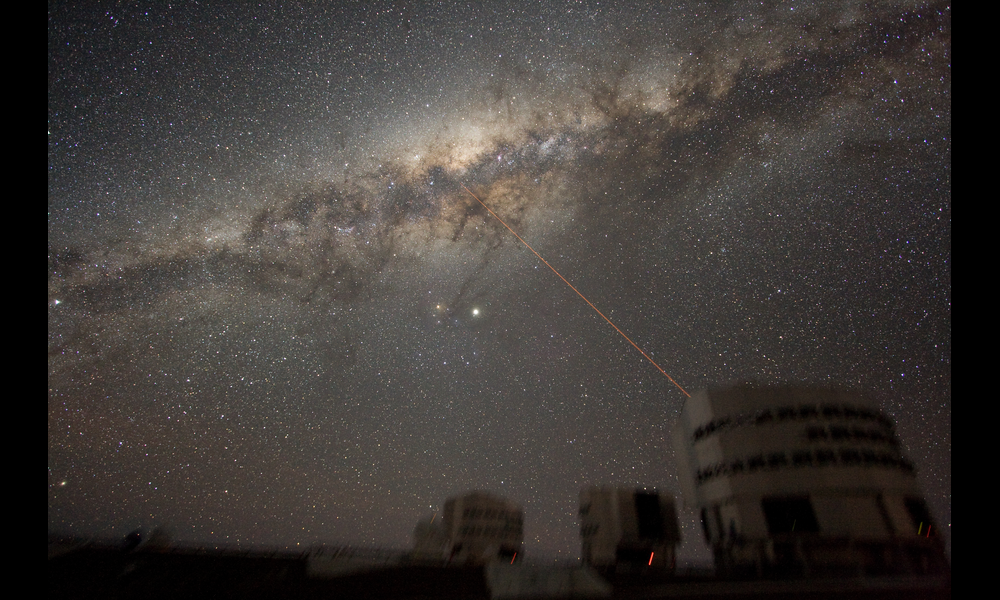Studying Domain Wall Conductivity in LiNbO3 Using R2D2 Model
Published on Sun Sep 03 2023 green light | Nicola Sap De Mitri on Flickr
green light | Nicola Sap De Mitri on FlickrA recent study has made significant strides in understanding the behavior of domain wall conductivity in a material called ferroelectric Lithium Niobate (LiNbO3). Domain wall conductivity refers to the ability of charged ferroelectric domain walls to conduct electricity, and it has attracted a lot of attention due to its potential for designing nanoelectronic devices. In this study, researchers examined the current-voltage characteristics of LiNbO3 domain walls and were able to differentiate between two mechanisms contributing to the conductivity: the injection/ejection of charge carriers at the electrode-domain wall junction and the transport of those charge carriers along the domain wall.
By analyzing the temperature-dependent current-voltage characteristics, the researchers were able to extract important physical parameters related to domain wall conductivity. These parameters include the resistance of the domain wall, the saturation current, the ideality factor, and the Schottky barrier height of the electrode-domain wall junction. Additionally, the study introduced a new model called the R2D2 model, which is an equivalent circuit model that accurately describes the electronic transport along the domain walls in LiNbO3. The researchers tested the model on both bulk LiNbO3 domain walls and thin-film LiNbO3 domain walls, and it proved to be universally applicable.
The findings of this study have valuable implications for the development of functional nanoelectronic elements. LiNbO3 domain walls have already shown great potential for applications such as rectifying junctions, logic gates, memristors, and transistors. However, in order to fully exploit the conducting properties of these domain walls, it is crucial to understand their electronic transport mechanisms. This study provides important insights into the behavior of LiNbO3 domain walls and lays the foundation for further research in this field.
While this study successfully quantified the physical parameters and proposed a new model for domain wall conductivity in LiNbO3, there are still unanswered questions that need to be addressed in future research. One of these questions relates to the microscopic nature of the electric-current paths along the domain walls, which was not fully clarified in this study. Additionally, the reproducibility of the equivalent circuit parameters needs to be further investigated. Furthermore, optimizing the electrode-domain wall junction and exploring different contact metals are future challenges that could enhance the control and efficiency of LiNbO3 domain wall devices.
Overall, this study contributes to our understanding of domain wall conductivity in ferroelectric LiNbO3 and provides valuable insights for the development of nanoelectronic devices. The research opens up new possibilities for designing integrated functional nanoelectronic elements and paves the way for further advancements in this exciting field.



